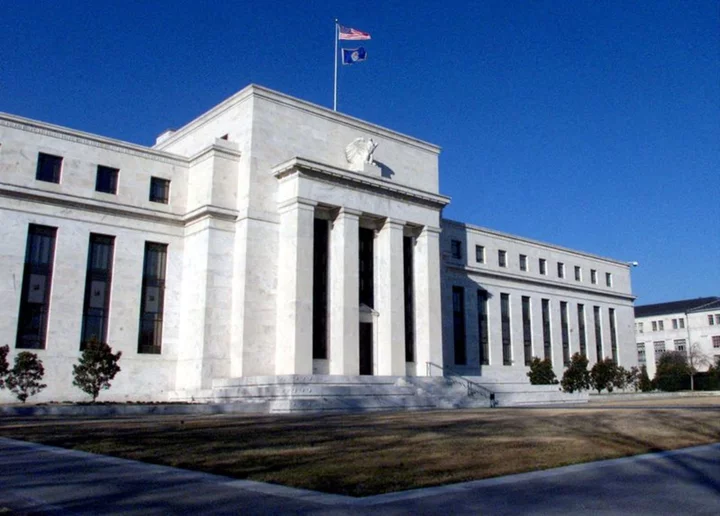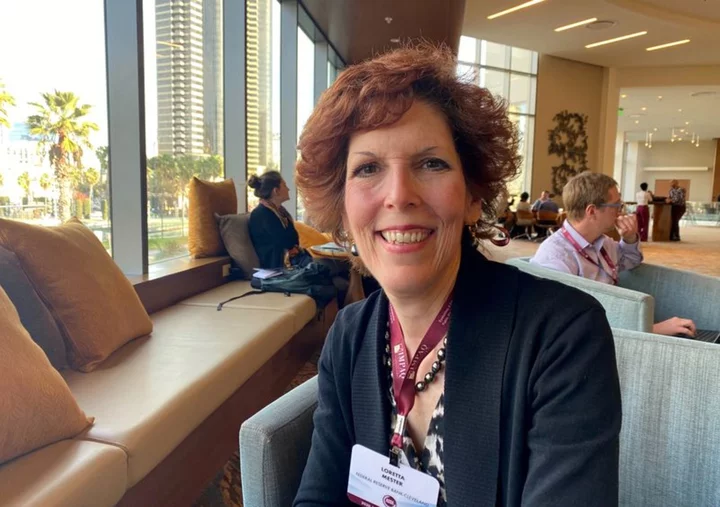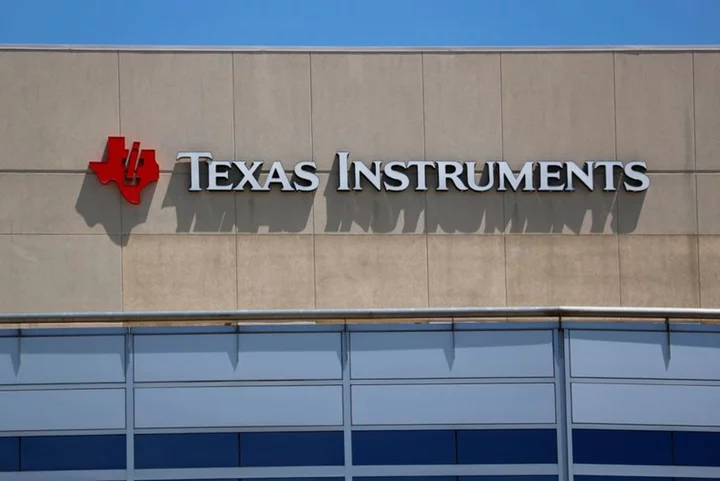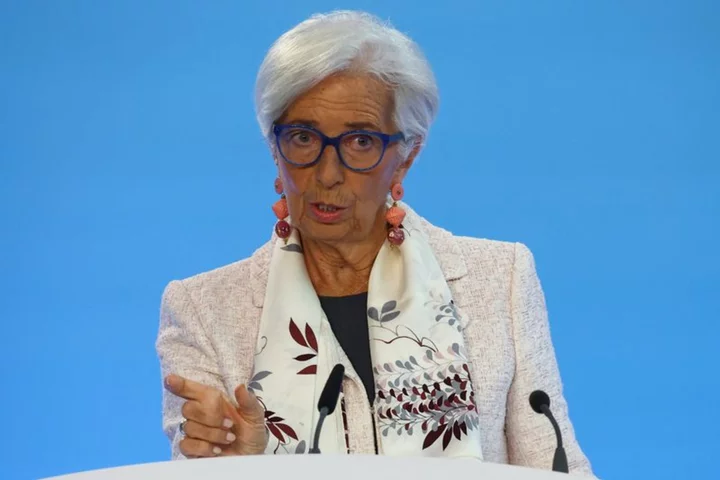By Davide Barbuscia
NEW YORK Bond investors who had positioned portfolios defensively in anticipation of a U.S. recession are adjusting their strategies for a surprisingly resilient economy that will likely keep interest rates higher, longer than they had expected.
A so-called soft-landing economic path – in which the Federal Reserve manages to curb inflation without causing output to contract – has gained more consensus in recent weeks, prompting some investors to take on more risk or reduce bets that safe-haven assets such as Treasuries would rally.
Felipe Villarroel, a portfolio manager at TwentyFour Asset Management, which specializes in fixed income, said he was shifting some allocations from 10-year Treasuries to 10-year U.S. investment-grade corporate bonds. This reverses a build-up in positions in 10-year U.S. government bonds that started a year ago when yields were rising on the back of the Fed's interest rate hikes.
"The tail risk of a hard landing is being priced out, and that doesn't mean we're too bullish on the economy, but it does mean that the weighted average scenario has improved," he said.
For investors who had expected more economic strife, sticking to those calls has become increasingly difficult. Over the past year the unemployment rate has remained defiantly low, and growth has run consistently above trend.
"It's going to take longer for rates to rally," said John Madziyire, senior portfolio manager and head of U.S. Treasuries and TIPS at Vanguard Fixed Income Group. "As a result, we have reduced those positions and expect them to happen way later than we expected previously."
Treasuries generally become more valuable, which means their yields decline, during periods of economic weakness, but long-term yields have spiked in recent weeks, with the benchmark 10-year hitting an almost 10-month high on Tuesday.
In addition to pricing for more economic resilience, bond investors are also factoring in the Bank of Japan's recent shift in its yield curve control policy, issues around U.S. debt sustainability as highlighted by Fitch's U.S. downgrade, and the large funding requirements announced by the Treasury.
"Recession or no recession, we think the probability of higher-for-longer interest rates is far greater than the likelihood of near-term cuts," credit investment firm Oaktree Capital said in a recent note.
Danielle Poli, managing director and co-portfolio manager of the Oaktree Diversified Income Fund, told Reuters the company shifted allocations, with a view of higher rates for longer, for instance by investing more in floating-rate debt. However, Oaktree is now more selective in leveraged finance, a sector in which borrowers are more susceptible to higher borrowing costs.
Long-term concerns around the U.S. fiscal position have recently boosted 30-year Treasury bond yields about 20 basis points, said Anthony Woodside, head of U.S. Fixed Income Strategy at LGIMA.
He said he expected term premiums, or the compensation investors demand for holding long-term bonds, to keep rising.
"We have been tactically putting on yield curve steepeners in recent weeks but setting relatively tight risk limits on these trades given elevated levels of volatility," Woodside said.
LOW CONVICTION
With the bulk of the most aggressive monetary tightening in decades likely in the rear-view mirror, many on Wall Street are admitting they got their forecasts wrong.
"I think that the biggest mea culpa for me personally but also, I think, widely across the market, is getting it wrong that interest rates could be higher for longer and there could not be a recession, which would be positive for risk-on trades," said Stephen Dover, chief market strategist at Franklin Templeton Investment Solutions.
So-called risk assets such as equities and high-yield corporate bonds, which tend to perform badly during economic downturns, have emerged strongly from last year's slump while safer bets such as U.S. Treasuries have lagged.
Rising optimism around a soft-landing, however, comes with several caveats, making it difficult for investors to embrace the prevailing macroeconomic outlook with conviction.
A re-acceleration in inflation could lead to higher rates than the market has priced in. This would increase the chances a sharper economic slowdown. Meanwhile, the lag in the full impact of the Fed's rate hikes can be unnerving investors.
Some are navigating the uncertainty by combining exposure to higher-yielding short term bonds with long-term bonds in case of a downturn.
Chip Hughey, managing director of Fixed Income at Truist Advisory Services, said he recommended a "barbell structure" which hedges short term paper with long-term bonds "should we move into a more risk off period."
For Madziyire's team at Vanguard this has meant that trades have become smaller.
"There is discretion for portfolio managers to put on a position, within a certain tolerance, but is not going to be something big," he said. "That's a function of the fact that there's lack of consensus as to where we're going."
(Reporting by Davide Barbuscia; Editing by Richard Chang)









